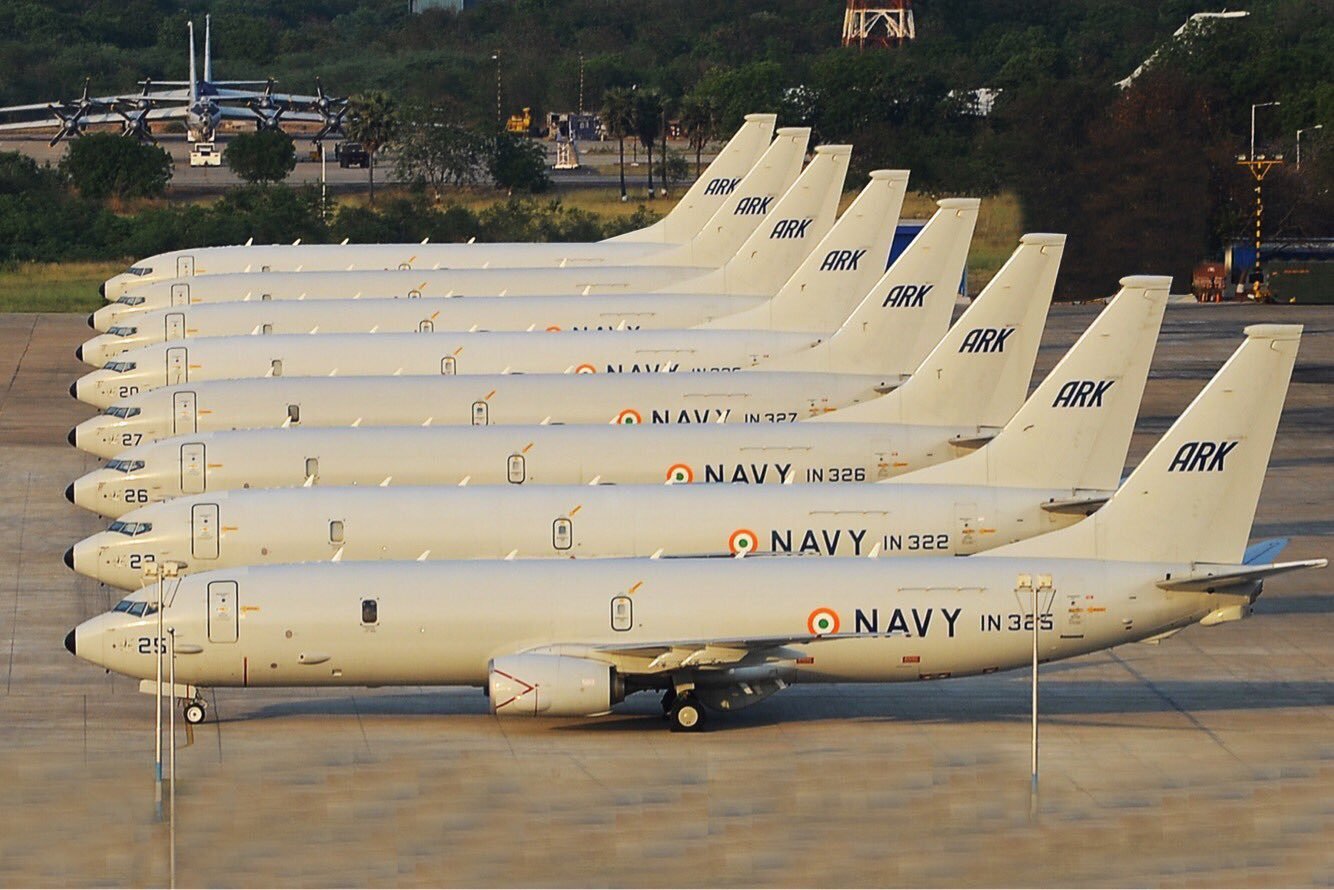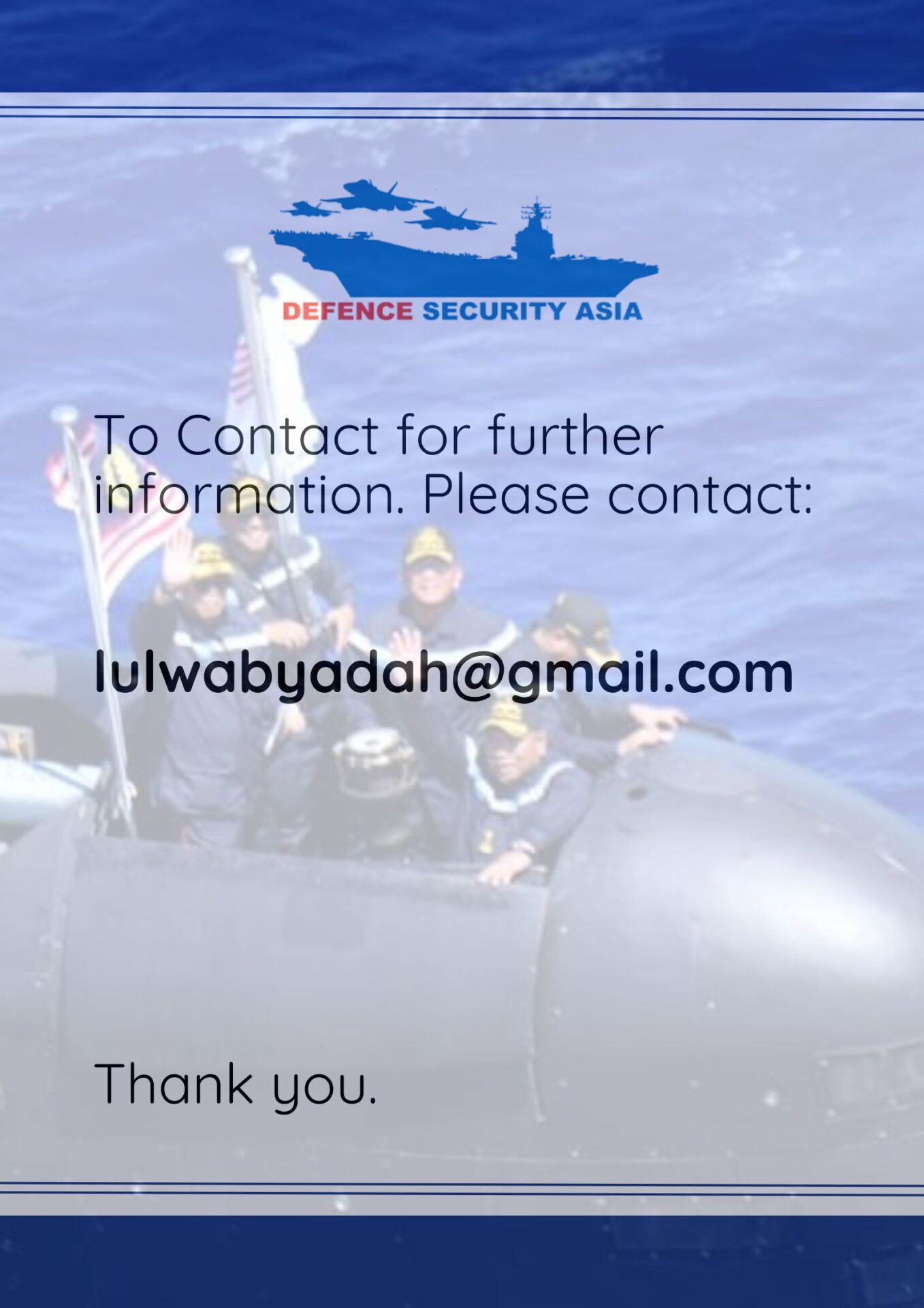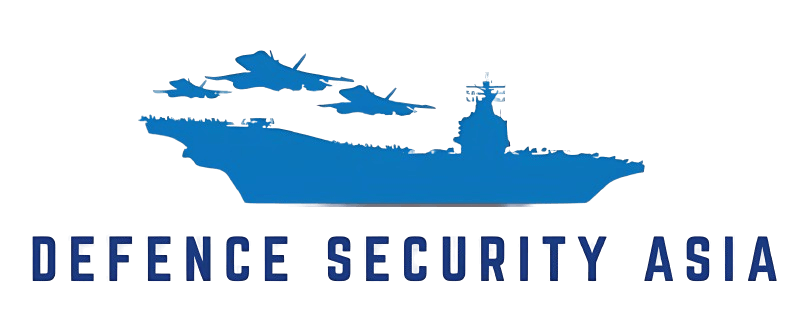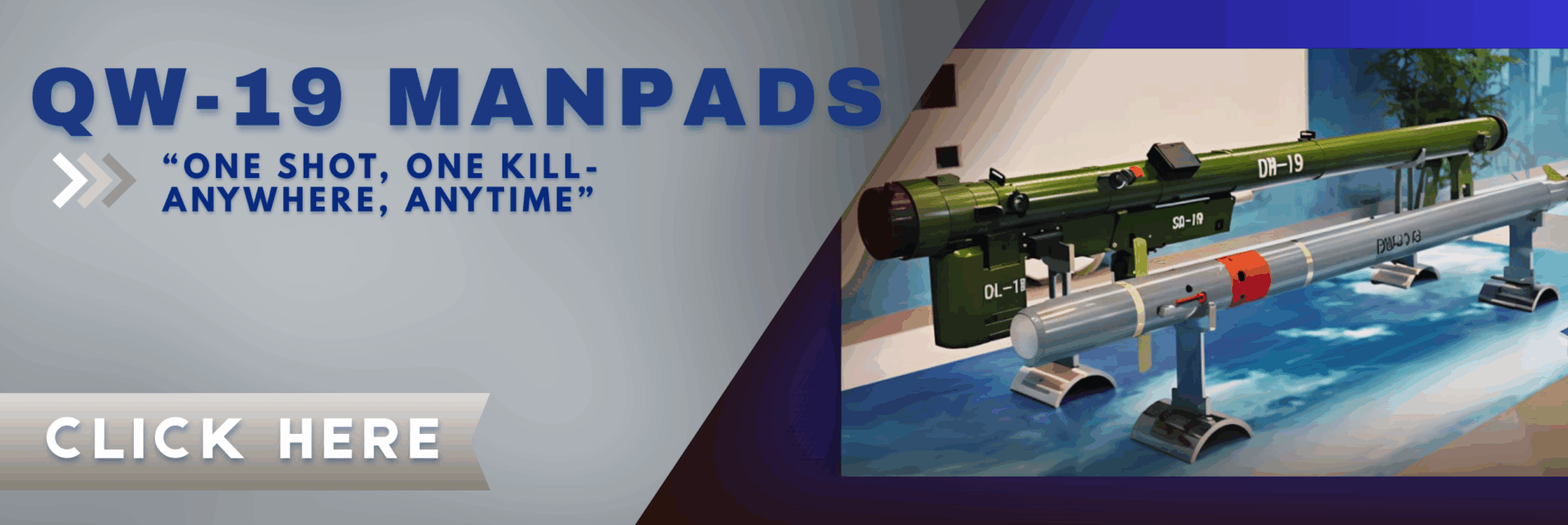Cost Surge Puts India’s P-8I Poseidon Fleet in Jeopardy Amid Rising PLAN Submarine Patrols
50 Percent Price Hike Sparks Tough Choices for Indian Navy’s Eyes Over the Indian Ocean

India’s drive to reinforce its maritime surveillance network with an additional six P-8I Poseidon maritime patrol aircraft now faces a disruptive setback as the United States unexpectedly hikes the unit price by an eye-watering 50 percent sending shockwaves through South Block’s procurement calculus.
This sudden price escalation pushes the proposed acquisition to a staggering US$3.6 billion (around RM15.2 billion), a figure that is compelling New Delhi’s defence planners to revisit the viability of expanding their prized Poseidon fleet amid tight fiscal balancing.
Defence insiders say the Indian armed forces are now caught between scaling back their original six-aircraft plan or scrapping the entire buy altogether, a move that could leave critical gaps in India’s maritime domain awareness across the increasingly contested Indian Ocean Region (IOR).
Currently, the 12 P-8I Poseidons India operates — all produced by Boeing — are widely acknowledged as the backbone of the Indian Navy’s anti-submarine warfare (ASW) and intelligence, surveillance, and reconnaissance (ISR) posture.
The P-8I, an India-specific variant of the battle-proven P-8A Poseidon, is tailored to Indian Navy requirements, integrating advanced systems to suit the vast geographical expanse of India’s maritime backyard.
Unlike standard commercial airframes, India’s P-8Is are purpose-built on the Boeing 737-800ERX platform, heavily modified for extended-range patrols, advanced ASW operations, and high-end anti-surface warfare (ASuW) at distances spanning thousands of kilometres from shore bases.
US officials have justified the steep cost jump by citing persistent global supply chain bottlenecks, rising raw material prices, and surging labour costs — factors that continue to disrupt major aerospace production lines post-pandemic.

Back in January 2009, India broke new ground by signing its landmark deal for an initial batch of eight P-8Is at an estimated US$2.1 billion (about RM9.9 billion), inclusive of training, maintenance, and logistical support.
That contract, then one of the largest ever for maritime surveillance aircraft in the region, marked India’s transition from ageing Soviet-era Tu-142s to cutting-edge western ISR platforms that could credibly counter China’s increasing blue-water footprint.
The first P-8I was formally delivered by Boeing in Seattle on 19 December 2012, before being flown to INS Rajali, Tamil Nadu, where it was inducted on 15 May 2013, heralding a new era in India’s undersea warfare capability.
By 2015, the full complement of eight aircraft was operational, with primary detachments split between INS Rajali and INS Hansa, strategically positioned to watch over the Arabian Sea, the Bay of Bengal, and the narrow chokepoints vital to India’s trade arteries.
Recognising the intensifying presence of China’s PLAN submarines — especially nuclear-powered ballistic missile subs — New Delhi doubled down in July 2016, signing an additional follow-on contract worth around US$1 billion (approximately RM4.7 billion) for four more Poseidons, boosting the fleet to its current strength of twelve.
The P-8I’s enduring appeal lies in its potent multi-mission profile — a lethal blend of ISR, ASW, ASuW, and rapid strike capability that gives India unmatched situational awareness across its 7,500 km coastline and beyond.
Its mission sensors include a powerful AESA radar (AN/APY-10), an advanced magnetic anomaly detector (MAD) boom, sonobuoys, electronic warfare systems, and encrypted tactical data links, enabling the aircraft to function as a key node in a network-centric warfare environment.
Each Poseidon is armed with AGM-84L Harpoon Block II anti-ship missiles and Mk-54 lightweight torpedoes, allowing it to locate, track, and prosecute enemy submarines or surface combatants with precision even in heavily contested waters.
Such capability is increasingly critical as PLAN submarine deployments in the IOR become more frequent and sophisticated, from traditional diesel-electrics to SSBNs like the Type 094 Jin-class, which are capable of launching nuclear ballistic missiles deep within the Indian Ocean.
With an unrefuelled endurance of up to ten hours, the P-8I’s extended legs allow the Indian Navy to maintain persistent surveillance over strategic sea lanes and chokepoints such as the Malacca Strait, the Nine Degree Channel, and the approaches to the Andaman and Nicobar archipelago.
These shipping lanes handle more than 90 percent of India’s hydrocarbon imports and merchandise trade, making robust Maritime Domain Awareness (MDA) a non-negotiable element of India’s security doctrine.
Operationally, the ability to deploy multiple P-8Is simultaneously across different maritime sectors creates a layered detection net that forces adversary submarines to remain submerged longer, move more cautiously, and risk detection if they attempt to surface.
This “Deterrence by Detection” strategy — where merely tracking a PLAN submarine can constrain its freedom to manoeuvre — has become a pillar of India’s counter-submarine doctrine.
Beyond its formidable ASW credentials, the P-8I doubles as a potent ‘hunter-killer’, seamlessly integrating strike options against hostile warships while cueing real-time data to the Indian Navy’s carrier strike groups.
As India pushes forward with ambitions to solidify its ‘Blue Water Navy’ status, the Poseidon fleet acts as an indispensable force multiplier, extending the reach of flagship assets like INS Vikramaditya, INS Vikrant, and its next-generation destroyers.
The P-8I’s tactical data links allow it to fuse ISR feeds with surface ships, shore-based command centres, and emerging UAV assets, stitching together a Common Operating Picture (COP) vital for high-tempo maritime operations.
Its interoperability with P-8A Poseidons flown by the US Navy, Royal Australian Air Force, and Royal Navy strengthens India’s role within the Quadrilateral Security Dialogue (Quad) — a bloc increasingly viewed as a bulwark against China’s maritime assertiveness.
In the broader Indo-Pacific context, where contested reefs, submarine prowling, and grey-zone operations are the new normal, the P-8I’s robust surveillance and strike suite gives India a clear edge in any potential underwater face-off.
Yet, with unit costs now hovering at nearly US$600 million each (about RM2.5 billion), the proposed expansion has turned into a political and budgetary headache for India’s Ministry of Defence.
The Pentagon and Boeing maintain that the upward cost revision is a reality of the post-pandemic supply chain world, but for New Delhi, this leaves critical questions about whether the Poseidon remains the best-value option for future maritime ISR needs.
Several analysts suggest India may now double down on upgrading its existing twelve-aircraft fleet with the latest mission system software, enhanced sensor payloads, and expanded drone integration with platforms like the MQ-9B SeaGuardian for multi-layered surveillance.
Combined with India’s burgeoning nuclear-powered Arihant-class SSBN force, the BrahMos supersonic missile arsenal, and expanding carrier air wings, the Poseidon forms an integral component of India’s emerging full-spectrum maritime deterrence posture.
As PLAN submarine patrols grow bolder — extending to the western Indian Ocean, the Bay of Bengal, and even the Arabian Sea — the need for reliable, persistent ISR over vast stretches of open ocean has never been more pressing.
For now, India’s Poseidon fleet remains the region’s premier underwater sentinel — a strategic asset that not only defends vital sea lanes but signals unequivocally that every move in the IOR is being watched.
Whether India chooses to absorb the cost spike, pivot to alternative ISR solutions, or strike a new procurement compromise will shape its blue-water capabilities well into the next decade.
In a theatre defined by great power competition, freedom of navigation disputes, and ever-deepening undersea rivalries, the stakes for India’s maritime “eyes and ears” have never been higher.


